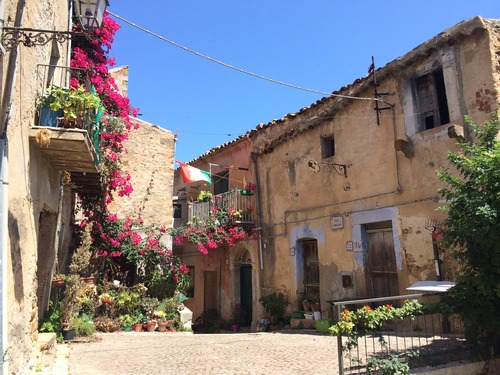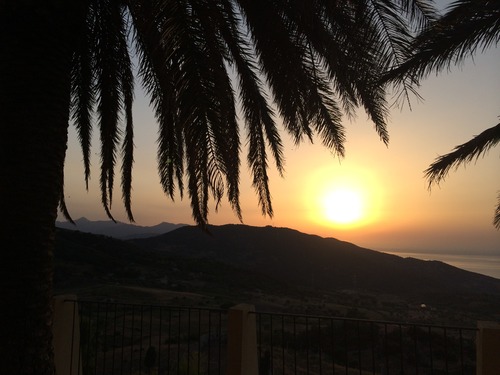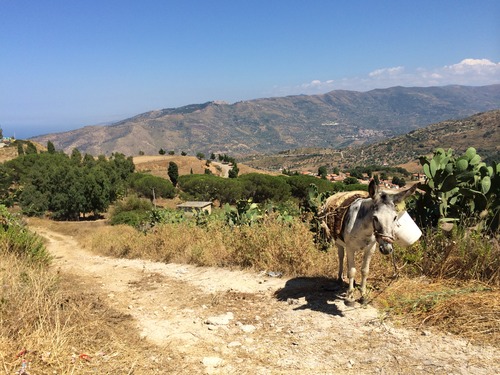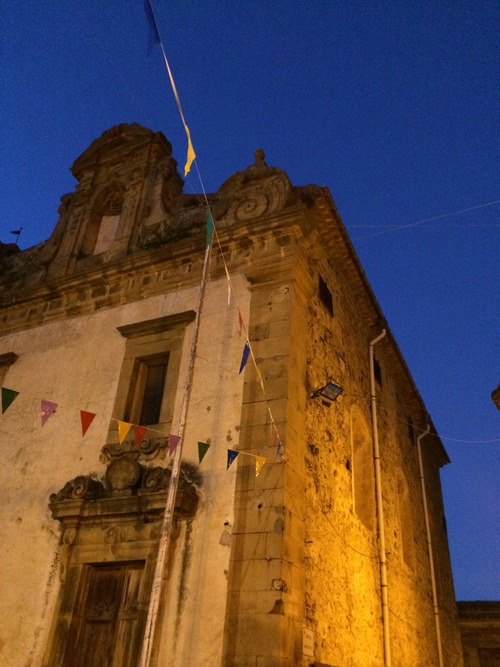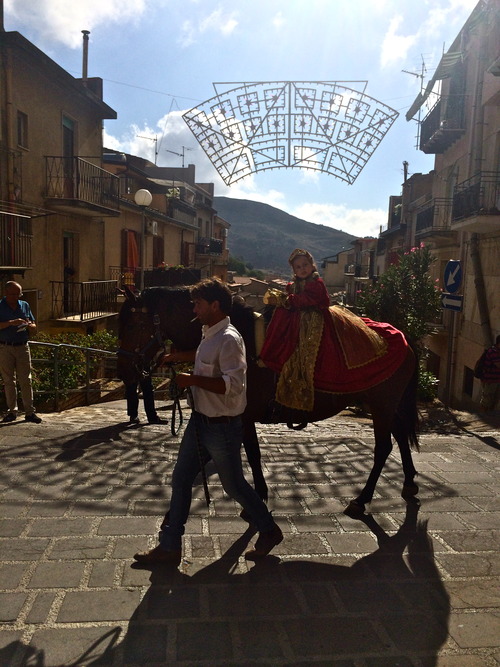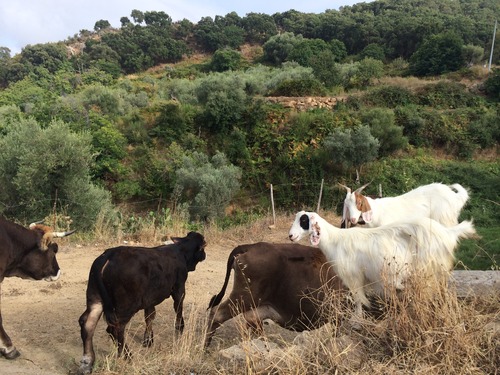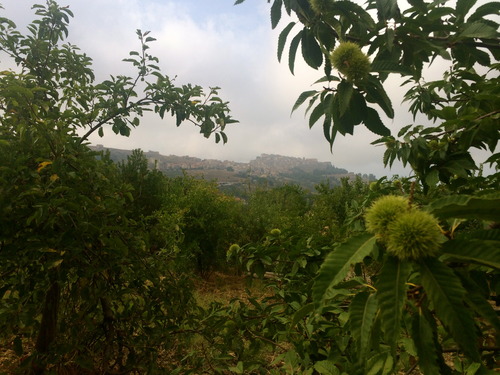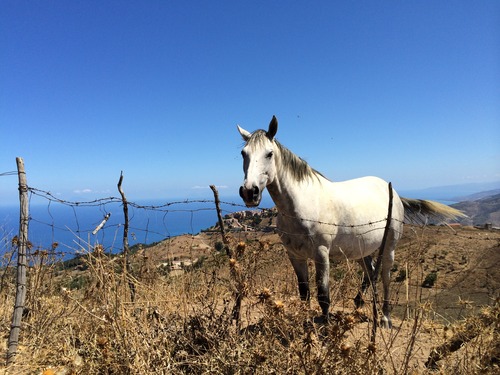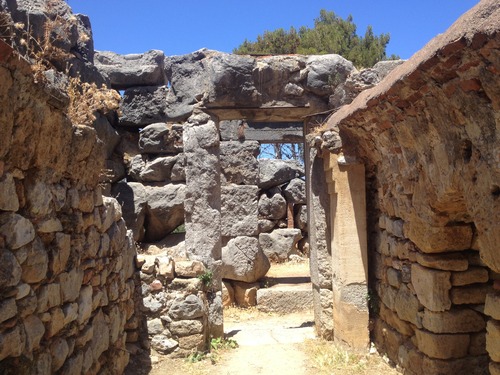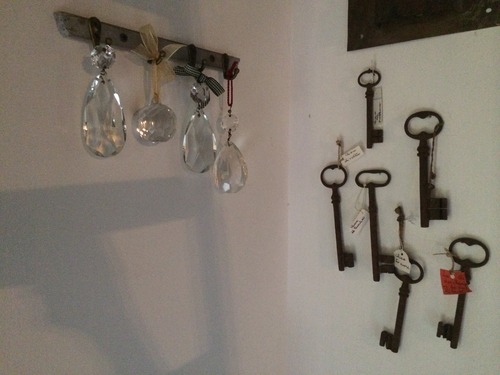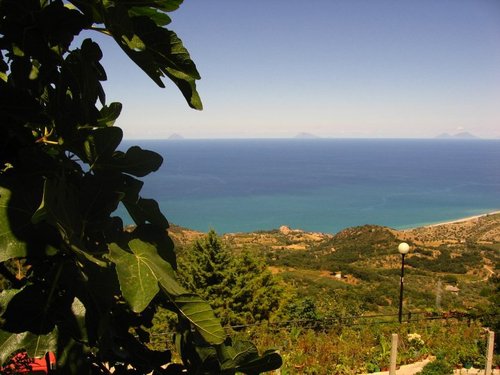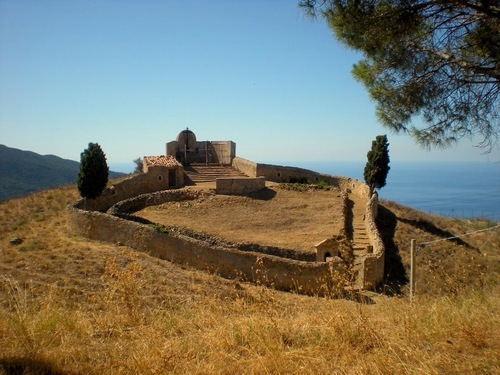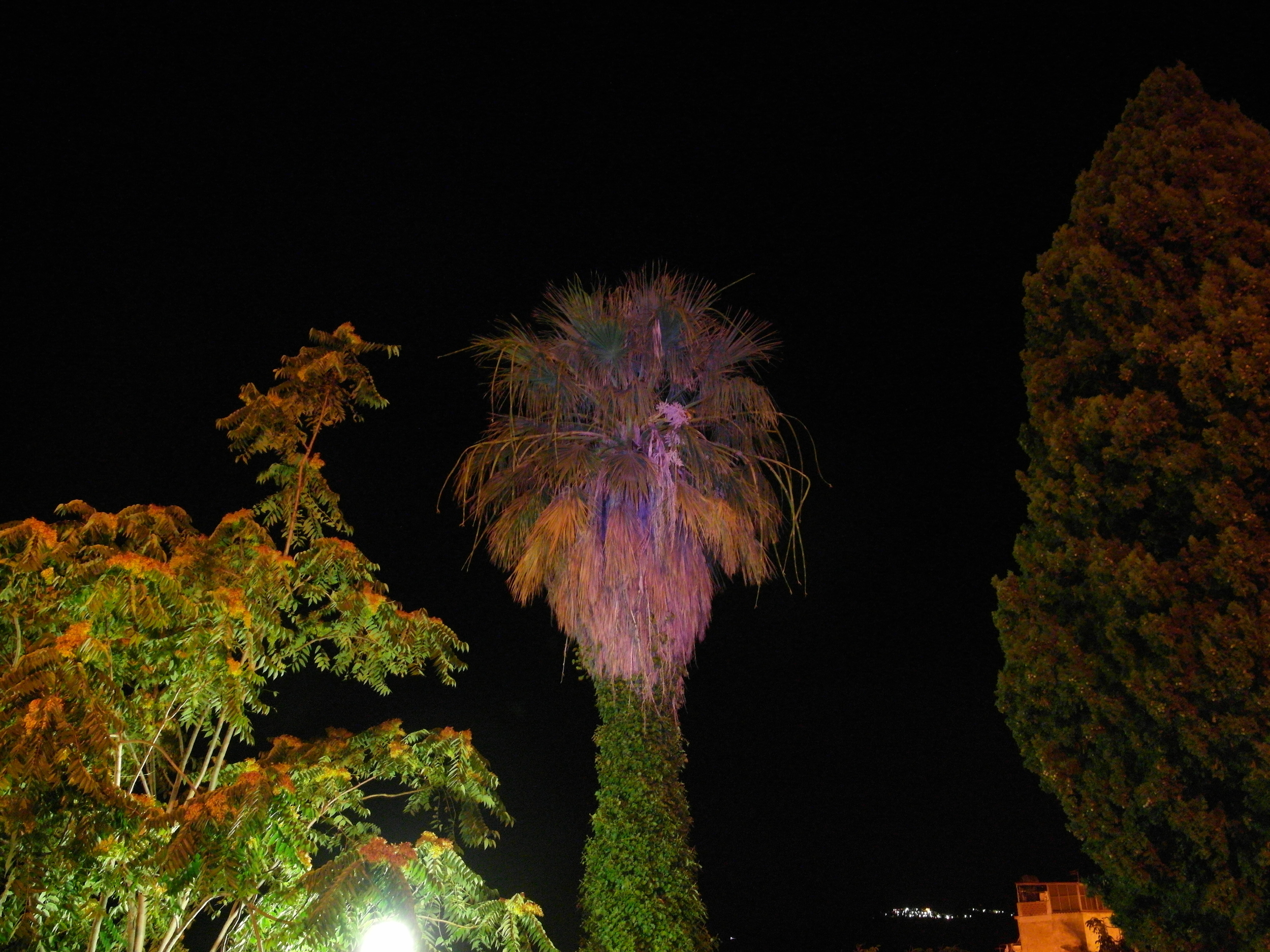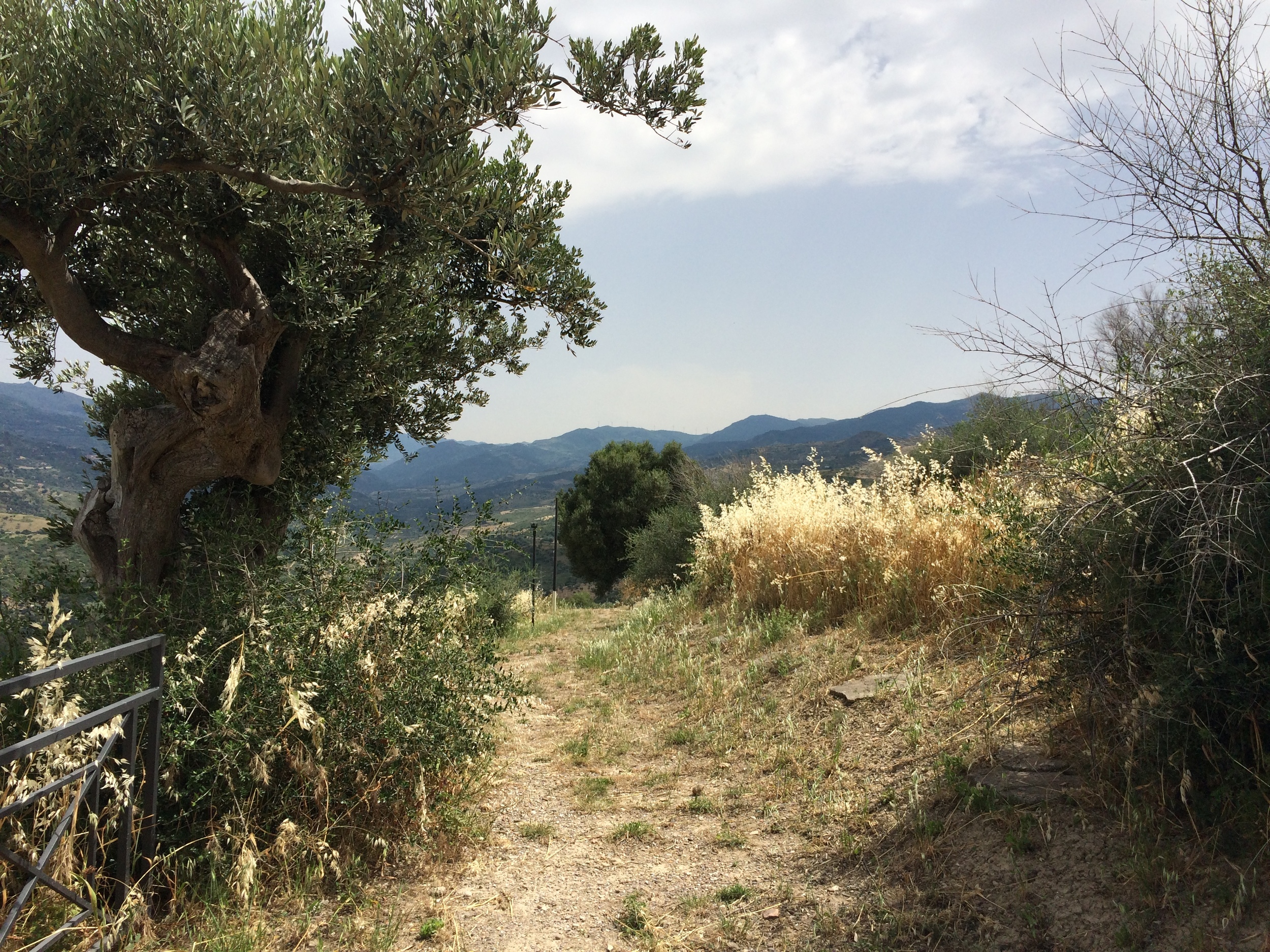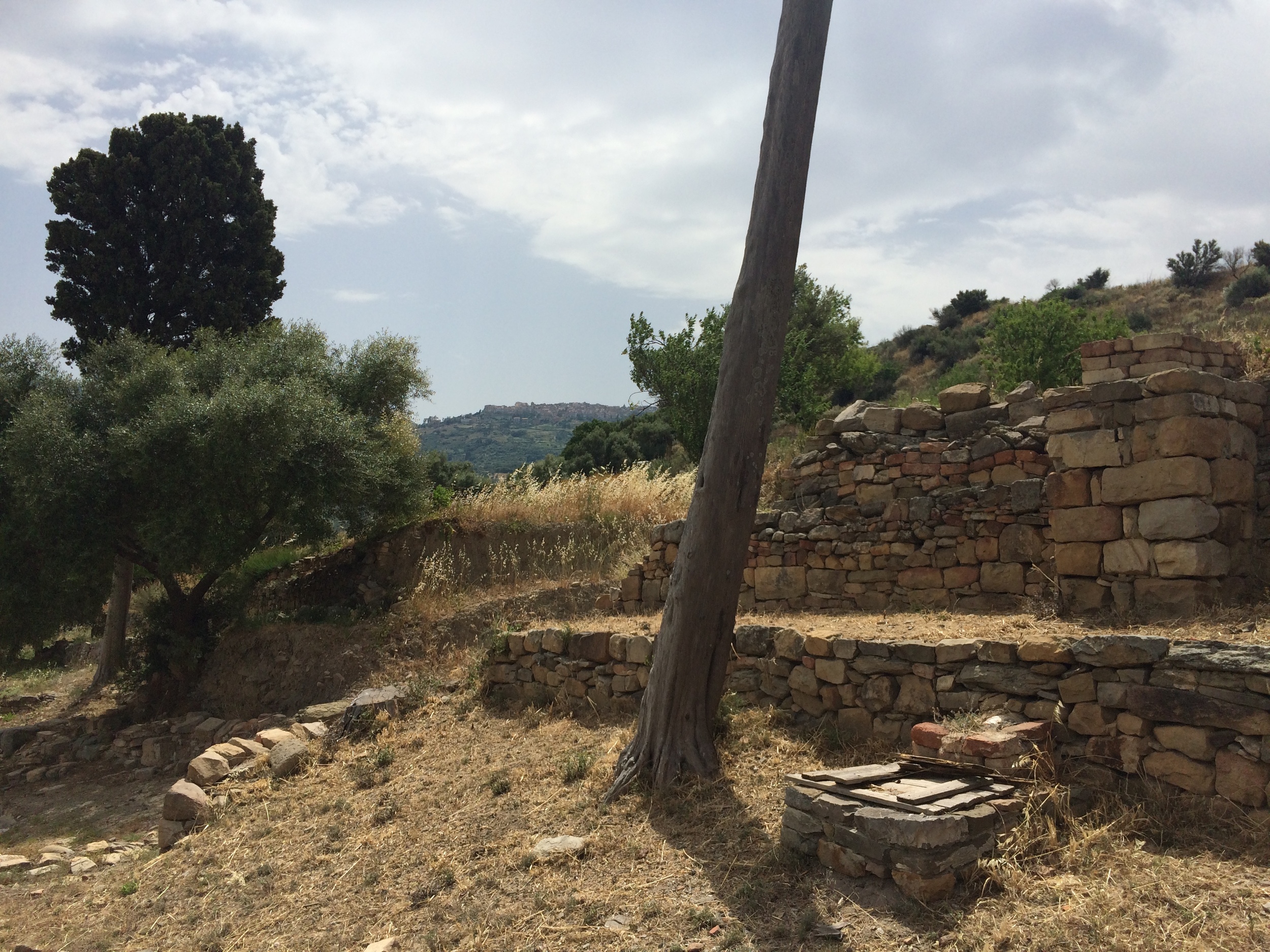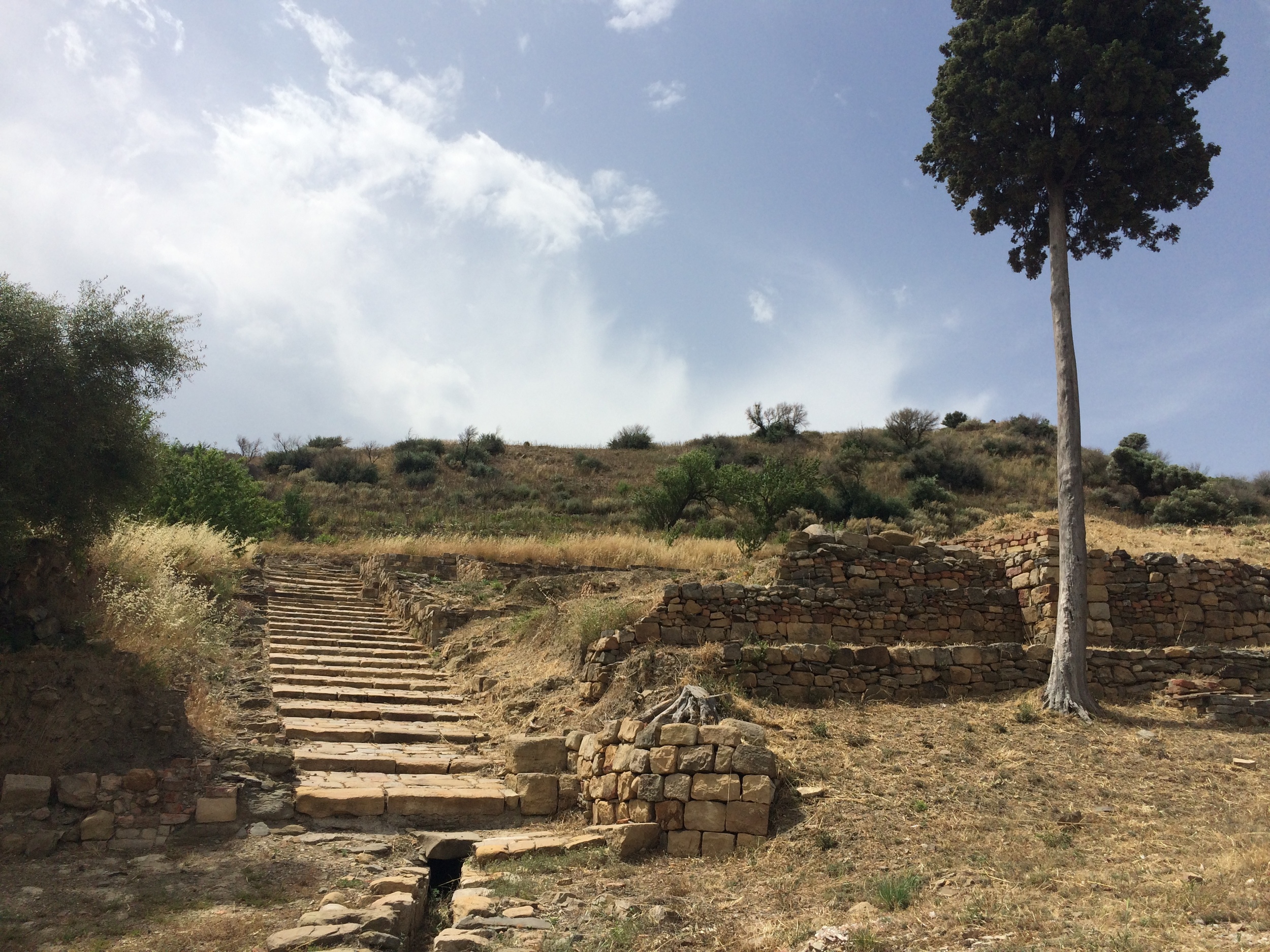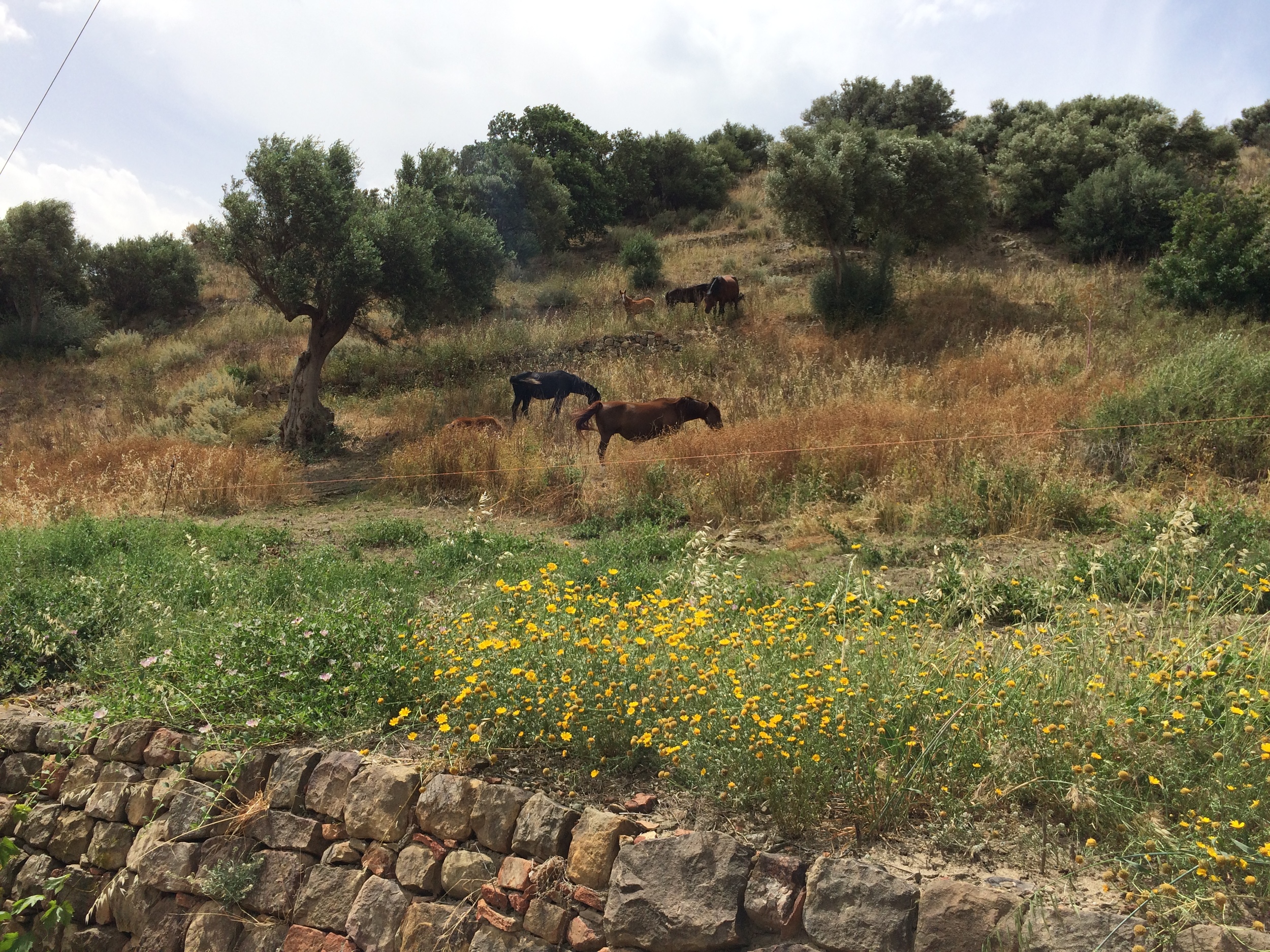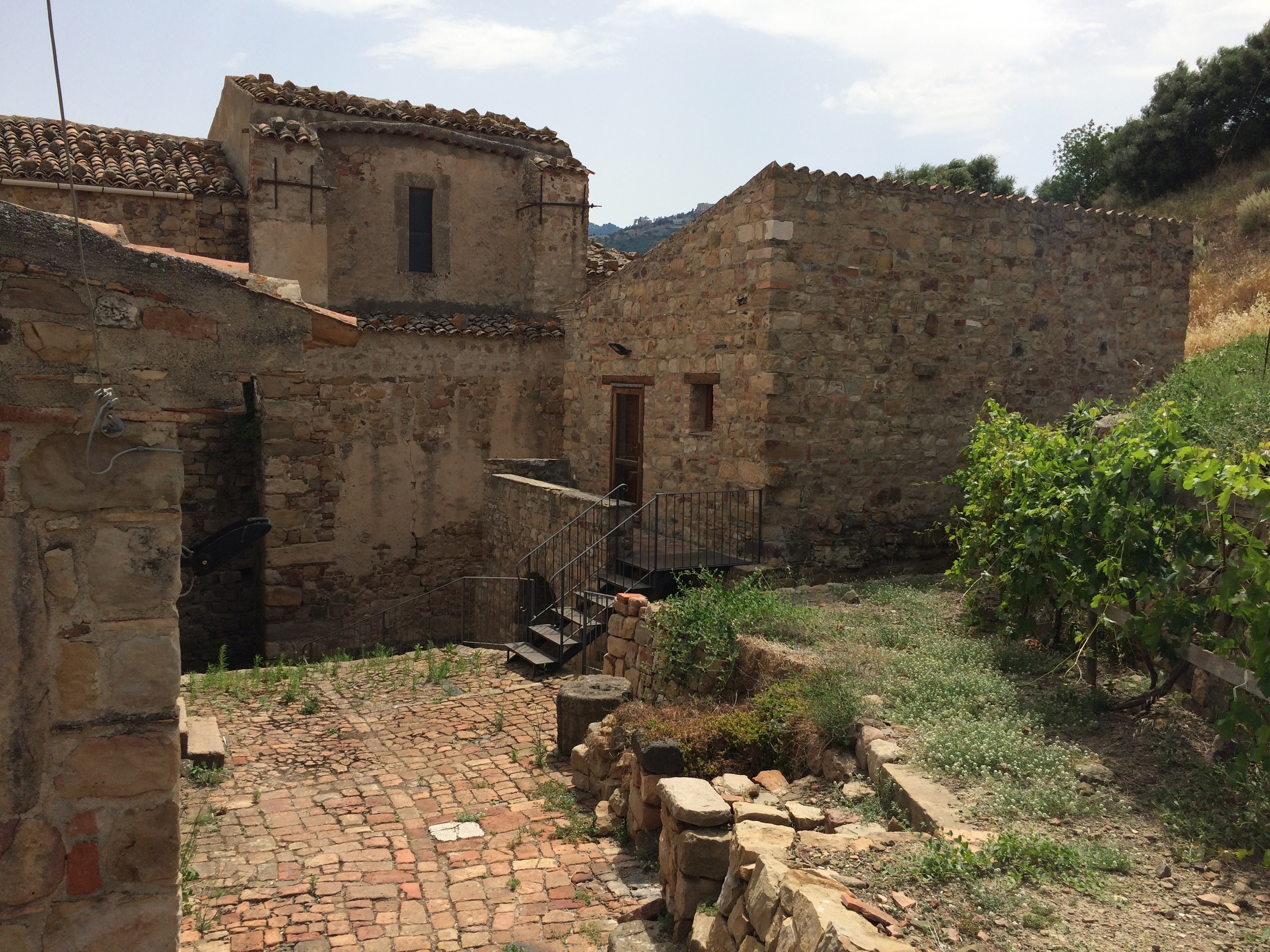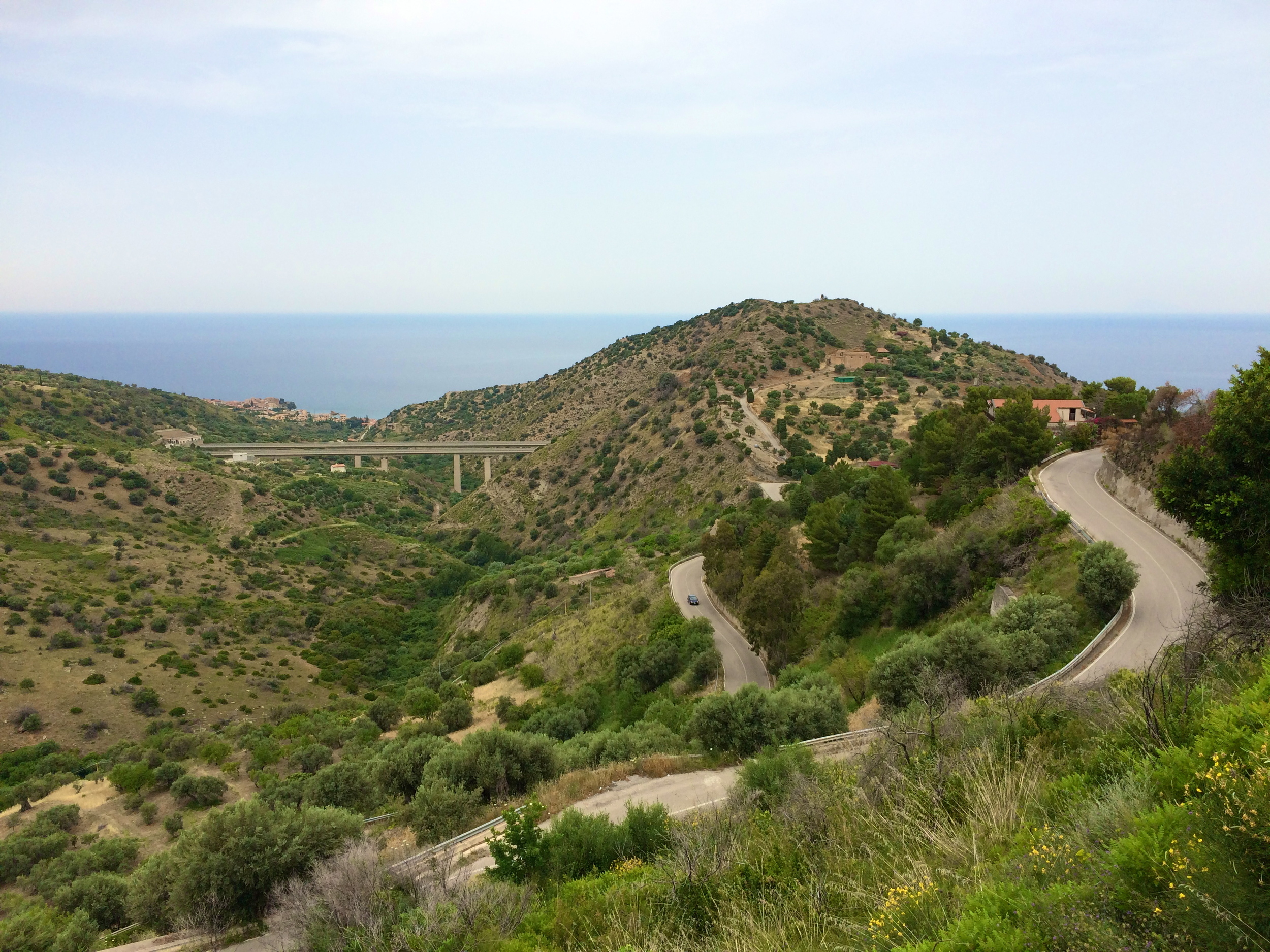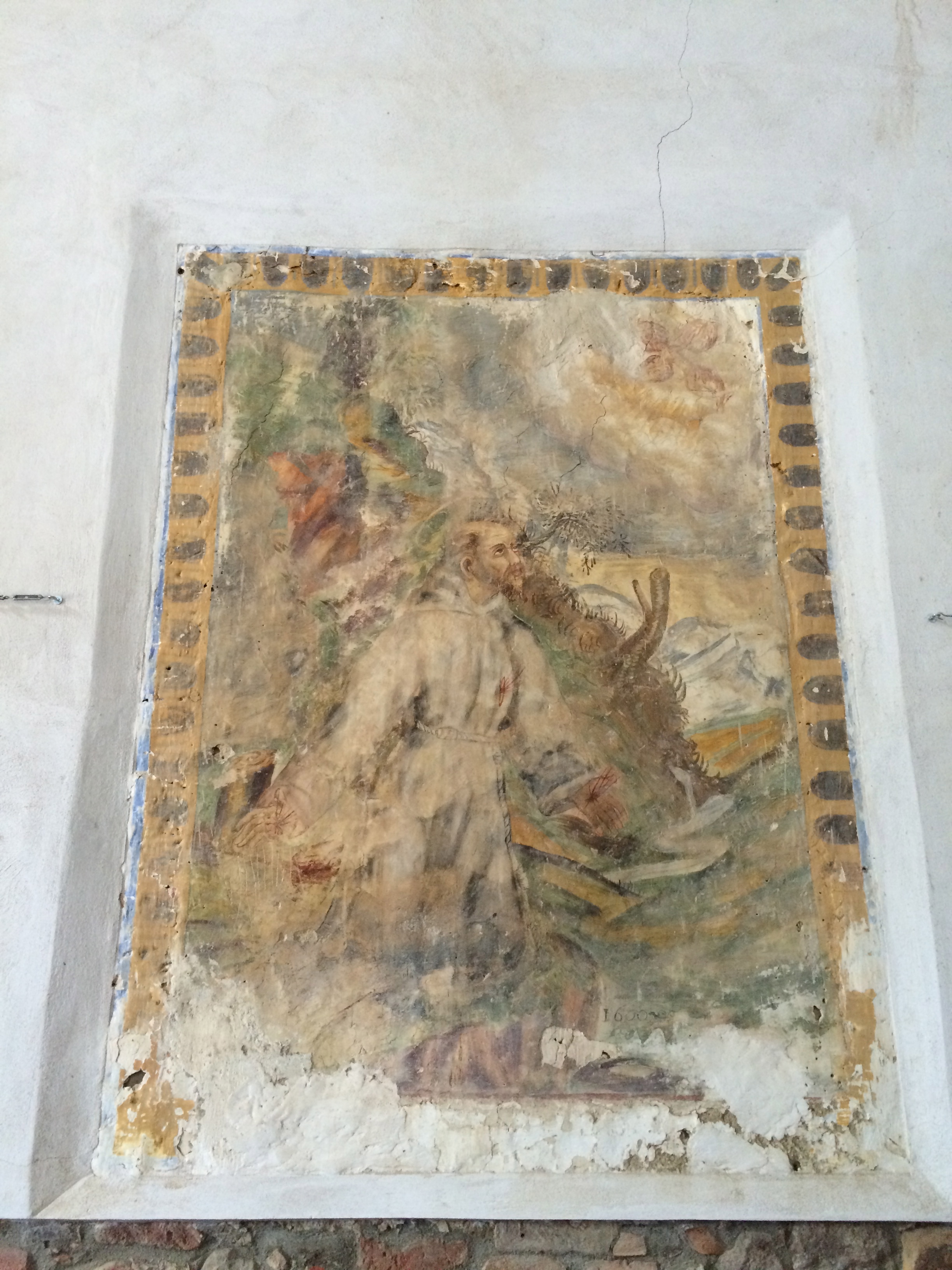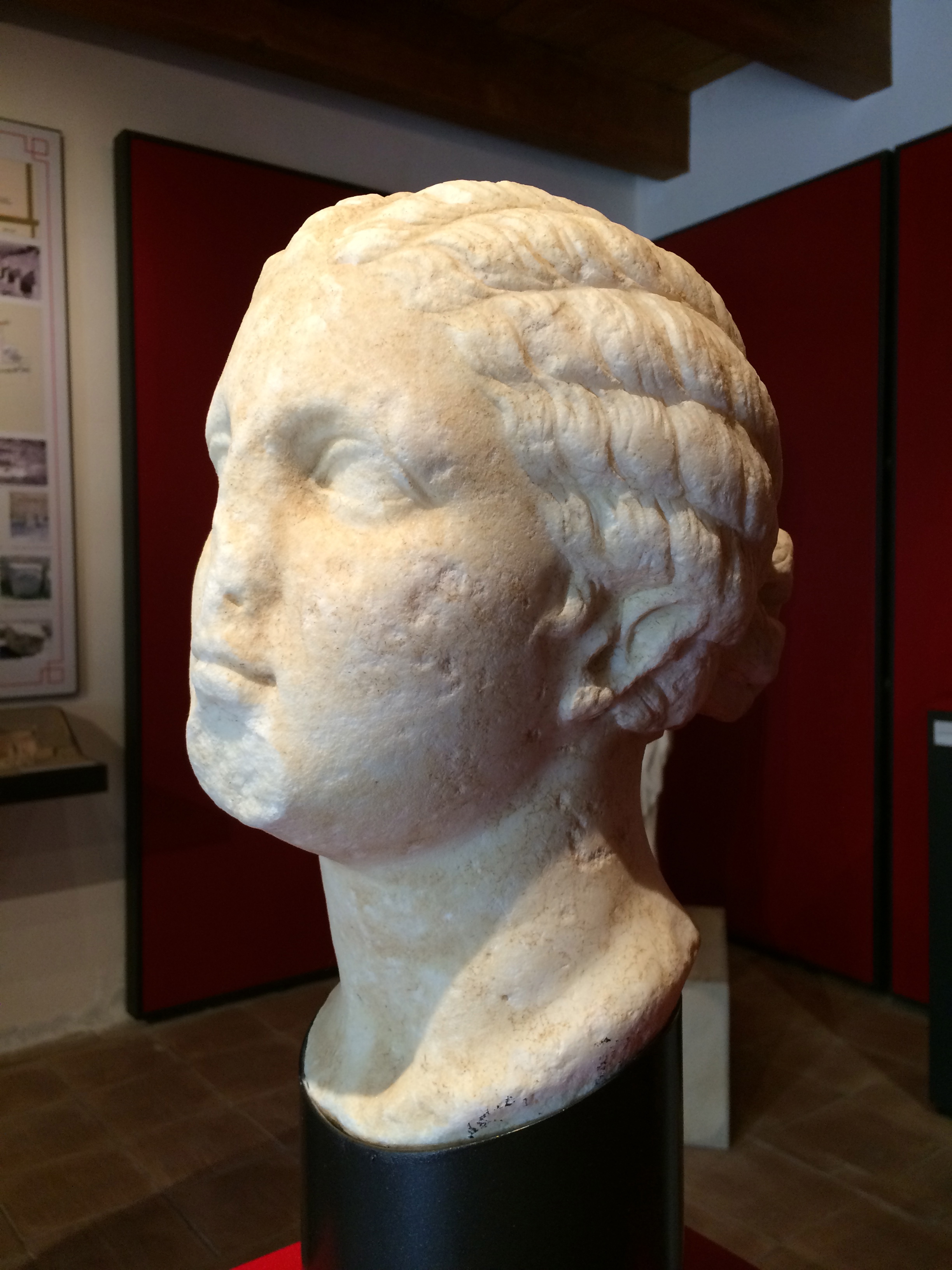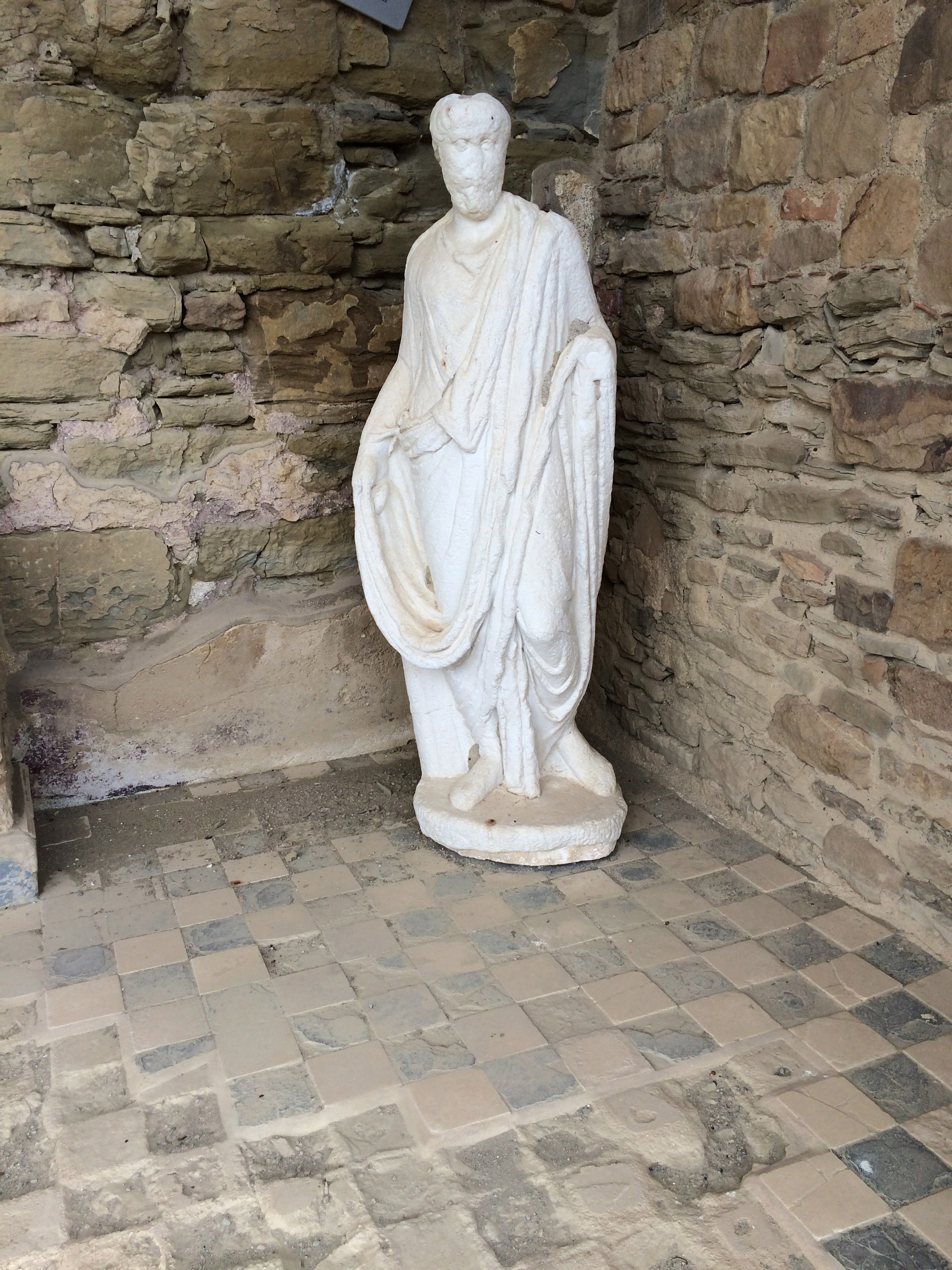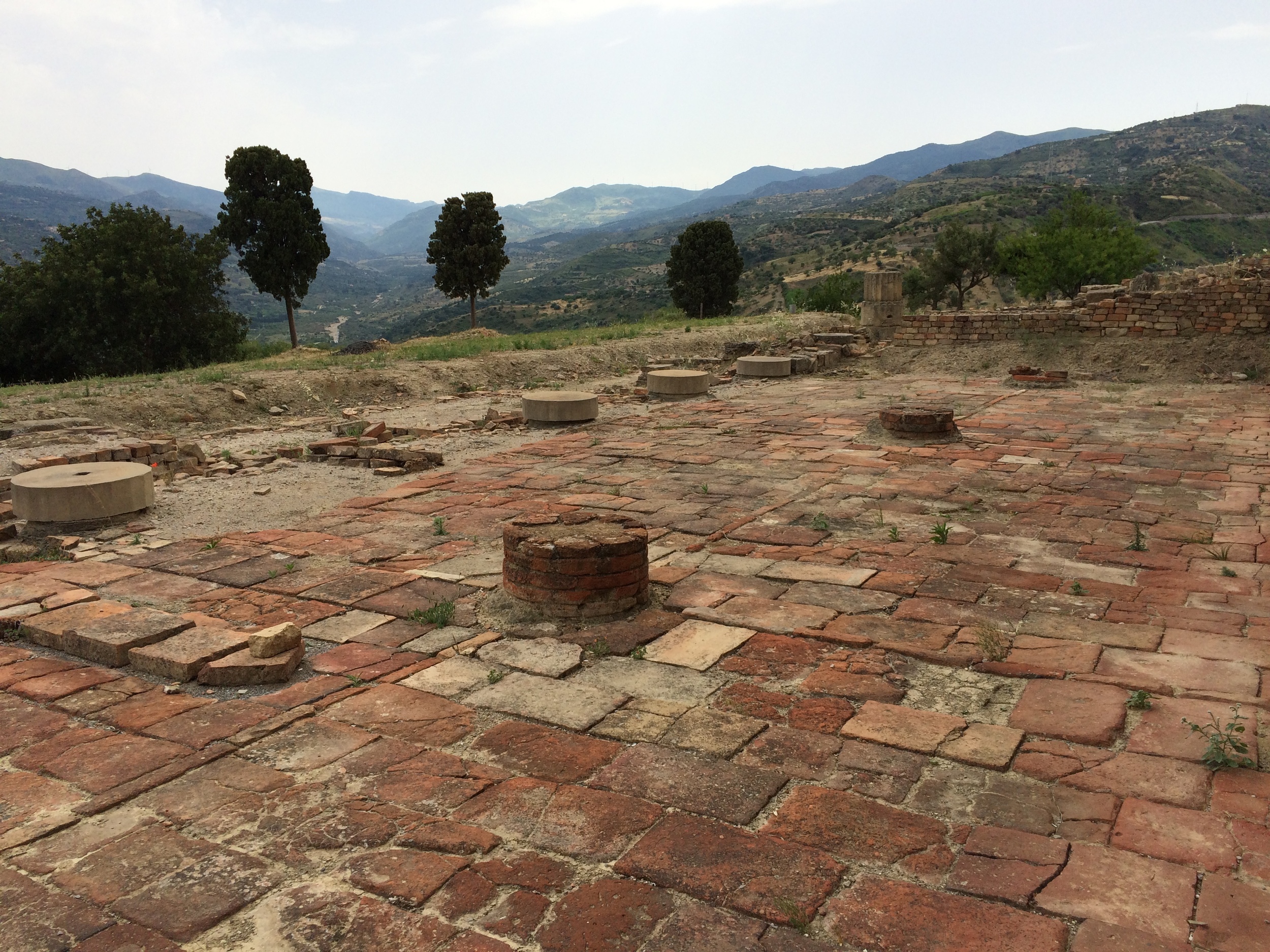History and Location
Tusa
There is some speculation as to the origin of Tusa, but it is often said that it was founded in 856 by the population of Halesa, (a settlement of Siculan origin dating to 403 BCE) who were fleeing Halesa for higher ground during invasion by the Arabs between the 7th and 9th centuries. In the 9th century, Tusa became a stronghold for the Arabs, and then fell under the rule of the Normans. Tusa was once a walled city with a castle, and a portion of the medieval wall survives, along with its arched gate. Remnants of the castles of Tusa and Castel di Tusa (the portion of Tusa located at the beach) still survive, along with a series of watch towers along the coast. The prevailing historical architecture of Tusa is comprised of Norman, Medieval and Baroque styles, with the Cathedral Church of Tusa dating from the 16th century featuring a Medieval pointed arch portal with a Baroque interior. Tusa is known for it’s varieties of cheese, its wine and olive oil, and the surrounding countryside hosts chestnut, olive and cork trees, pine, fig, cherry, pear, prickly pear, oleander, jasmine, caper, wild fennel and asparagus, oregano, blueberry, citrus.
Perched on a hilltop 600 meters above sea level, Tusa is a small town located on the northern coast of Sicily, between Palermo and Messina and situated between the Madonie and Nebrodi mountain ranges overlooking the Aeolian Islands. The nearest cities are Cefalu’ to the west and Mistretta to the east. Tusa is split between Tusa (“Tusa Montagna”) and Castel di Tusa (the seaside portion of the town), with the archaeological site of the ancient settlement of Halesa located in between.
To reach us by plane, it is recommended to fly into Palermo and take the train 1.5 hours east along the coast to Castel di Tusa. From there, a car or bus will meet you to bring you up the mountain to Tusa.
Alternatively, you can rent a car at the airport in Palermo and follow the A20 autostrada to the Tusa exit.
Another option is to travel by train or bus from points north. Trains and busses daily travel between Rome’s Termini or Tiburtina stations, cross the Strait of Messina by ferry, and continue on to Palermo. Castel di Tusa’s train station is on the route, located between Santo Stefano di Camastra and Finale di Pollina. The train typically takes 12 hours, the bus takes approximately 10, and often travel overnight.






